From a pioneering concept to an active contributor within Geneva’s research and innovation landscape — explore the milestones that defined the Foundation.
In the 1960s, medical research in Geneva was fragmented, with laboratories dispersed across various locations and lacking a dedicated infrastructure. Although the Centre Médical Universitaire (CMU) was already in the planning stages during that time, it would not be completed until the 1980s. Against this backdrop, the idea emerged to create a Medical Research Center near the hospital and the future CMU site — a space that would bring together researchers and foster collaboration.
Three key figures played a pivotal role in the creation of La Tulipe and the Fondation pour Recherches Médicales (FRM):

Dr. Gaston Zahnd
A renowned Geneva physician scientist pioneered ideas to create high quality lab space and more funding for academic research. More specifically he imagined an independent research foundation to reinforce medical research in Geneva.
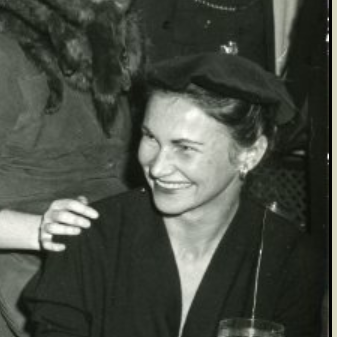
Anita Oser
The philanthropist Anita Oser decided to make a substantial contribution to the scientific future of Geneva. Coming from a family deeply committed to science (great granddaughter of famous John D. Rockefeller) she combined her passion for medical research with a strong interest in architecture, envisioning a space where innovation could truly thrive.
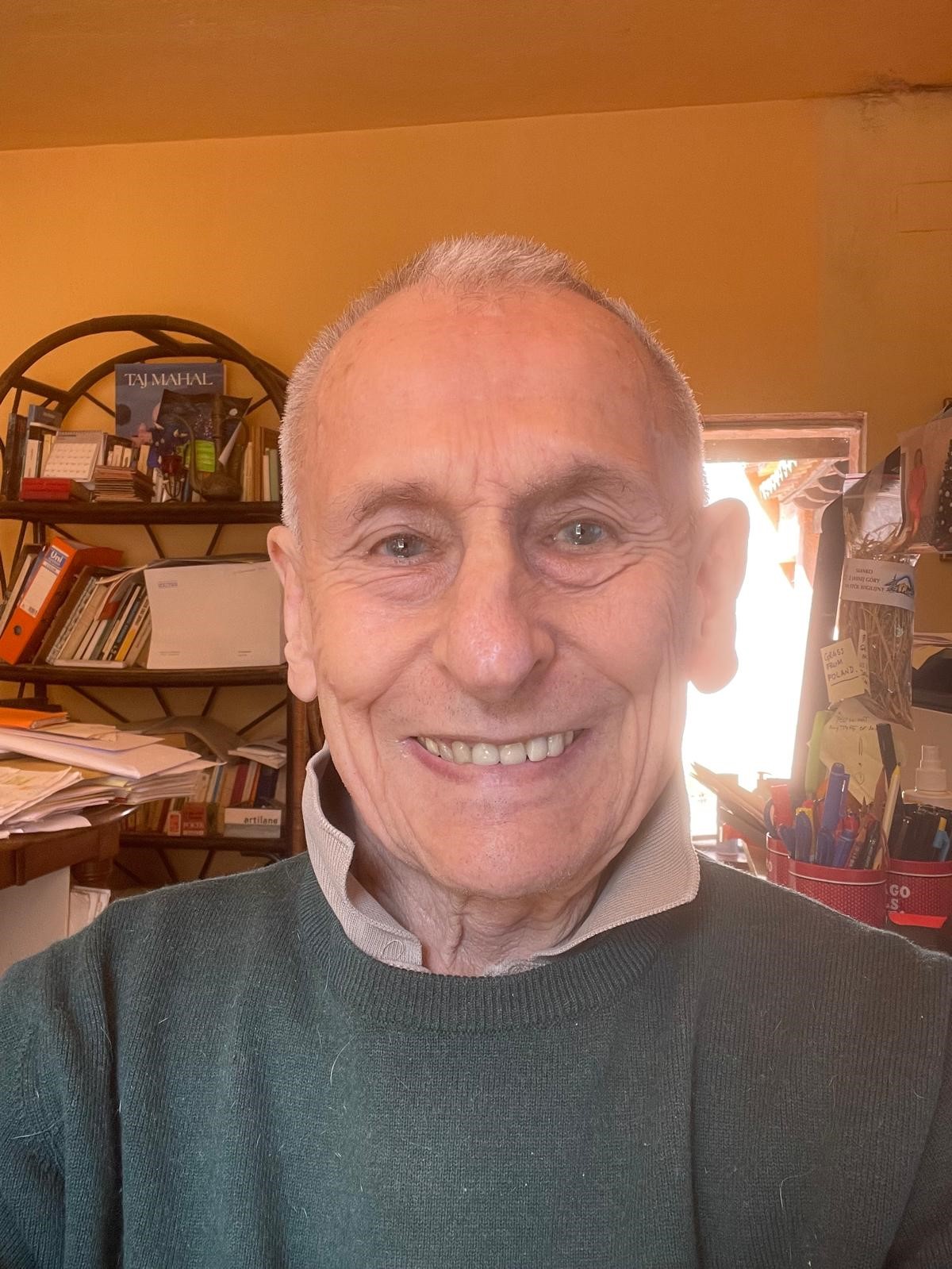
Jack Vicajee Bertoli
A Swiss-based urban planner and architect, was mandated by Anita Oser as an architect of the new research building. He had previously collaborated with Le Corbusier on the design of Chandigarh, the modernist capital of India. Anita and Jack shared appreciation for visionary design and societal progress and saw the potential to create a space where science and architecture would work in harmony.
Together, they imagined a groundbreaking institution that would bring together innovative science, bold architecture, and lasting impact. This vision laid the foundation for what would become the Foundation for Medical Research. From the outset, the project aimed to unite public authorities, universities, private industry, and visionary donors around a shared commitment to medical research and innovation.
In response to the need for stronger scientific leadership and improved research infrastructure in Geneva, the idea of creating a private foundation dedicated to medical research gained momentum. The vision was to unite complementary disciplines under one roof, and to support young researchers with proper lab space and intellectual independence. On 15 February 1967, the "Association for the Creation of a Foundation for Medical Research" was officially established in Geneva. Its mission: to secure funding and support for the construction of a dedicated research building.
This mission was endorsed by the Geneva University Hospital and Faculty of Medicine, realizing the great potential of the Foundation:
“Insofar as this Foundation can be integrated into the overall research efforts of the Faculty of Medicine and the Cantonal Hospital, it presents a major advantage, as it facilitates interdisciplinary research.”
On 23 December 1969, the Foundation for Medical Research was officially established in Geneva as a not-for-profit organization. Its mission from the outset was ambitious: to provide interdisciplinary laboratory spaces that foster both fundamental and translational medical research and innovation.
The foundation became an avantgarde project for public-private partnership. The canton of Geneva agreed to cover 40% of construction and operating costs of the foundation. The project received numerous private donations, with the most substantial contributions coming from Anita Oser as well as the Stanley foundation.
Since 1972, the foundation’s premises have continuously fostered medical research and innovation. Unlike other medical research foundations, La Tulipe Foundation for Medical Research does not provide funding to external groups. Instead, it serves as a unique translational research centre, hosting academic and innovative medical projects from the Geneva area.
The first start-up to launch at La Tulipe was Europroteome — a short-lived but remarkable success. Founded in 1998 to identify proteins linked to intestinal cancer, the company spent two formative years at La Tulipe before relocating to Henningsdorf, near Berlin. There, it secured €17 million in funding and expanded to a team of 30. However, in 2002, funding stopped due to insufficient commercial success. While its early momentum eventually waned, the start-up paved the way for future ventures at La Tulipe, several of which have gone on to achieve lasting success. And the story continues: new start-ups are already in the starting blocks, ready to shape the next chapters.
Today as ever, the Foundation remains committed to supporting biomedical science and innovation in Geneva, with a special focus on advancing early-stage translational discoveries toward therapeutic and societal impact.
We offer an accessible and dynamic environment where life sciences, clinical research, and entrepreneurship converge. Strategically located between Geneva University Hospitals and the University of Geneva, our affordable, purpose-designed infrastructure provides an ideal setting to accelerate translational research, transforming promising discoveries into impactful clinical applications and health-driven ventures.
Discover the people who have played a key role in shaping the Foundation over the decades.

1969 - 1981
Professor Charles-André Junod
PRESIDENT
1969 to 1997
Professor Gaston Zahnd
director

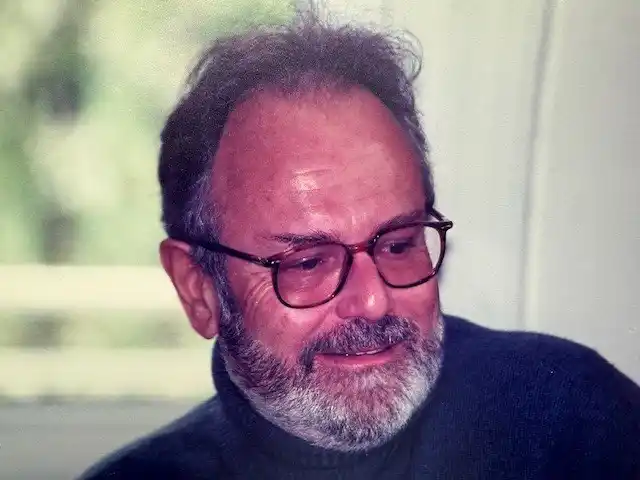
1982 - 1987
Professor Alain Hirsch
PRESIDENT
1987 - 2000
Professor Alex F. Muller
prEsident
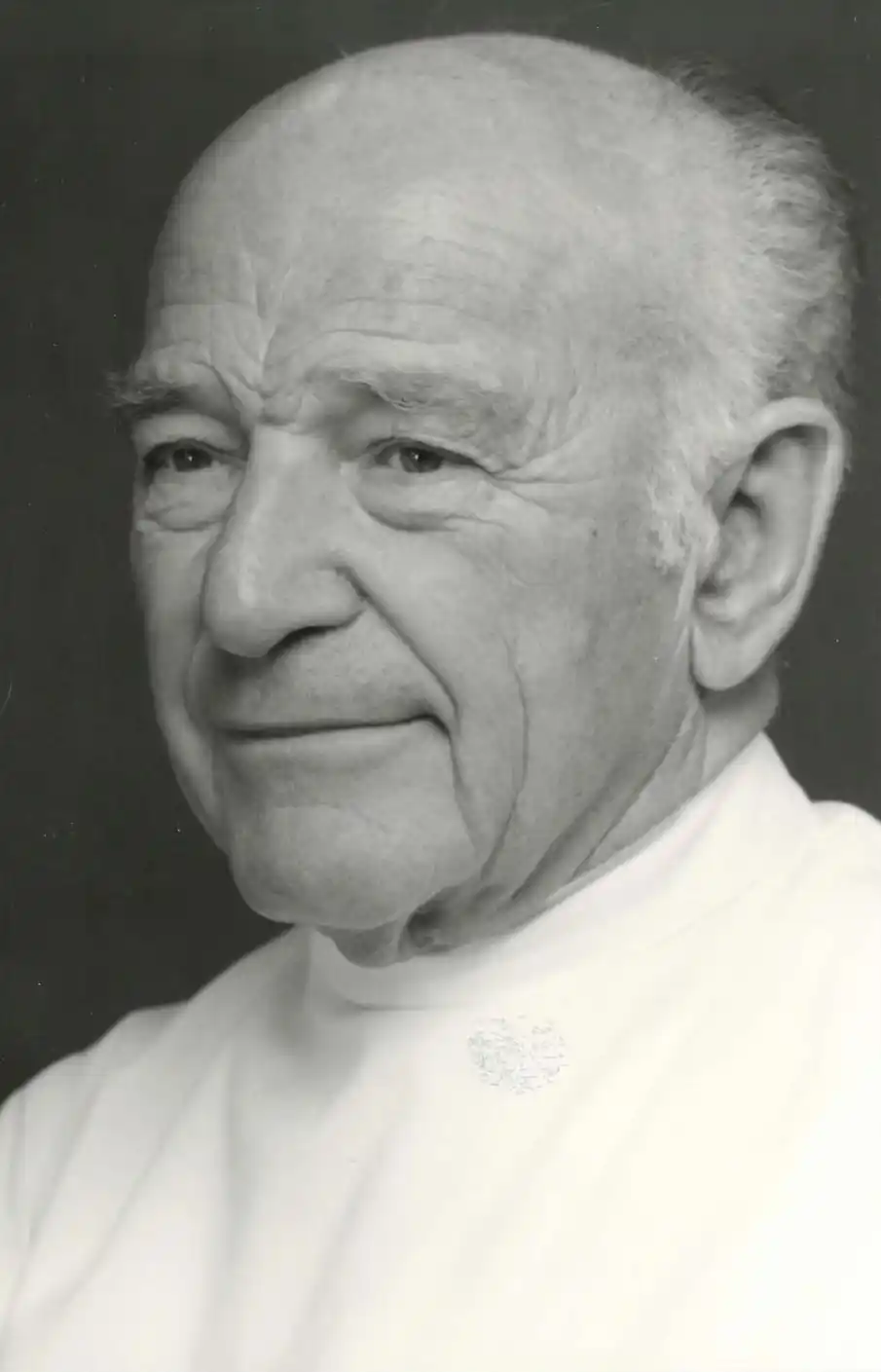
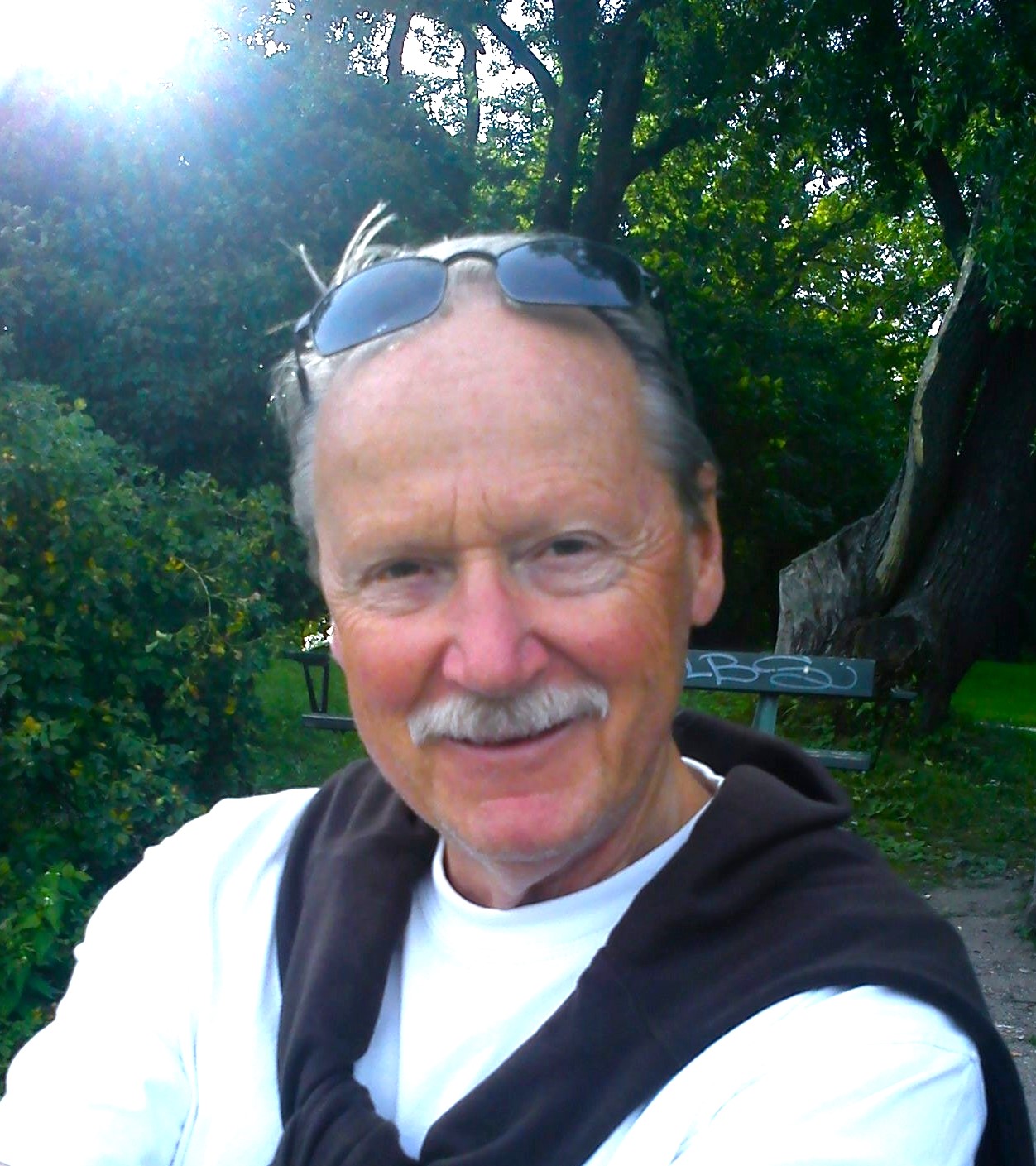
1997 to 2014
Professor Werner Schlegel
director
2001 - 2008
Professor Jean-Jacques Dreifuss
president

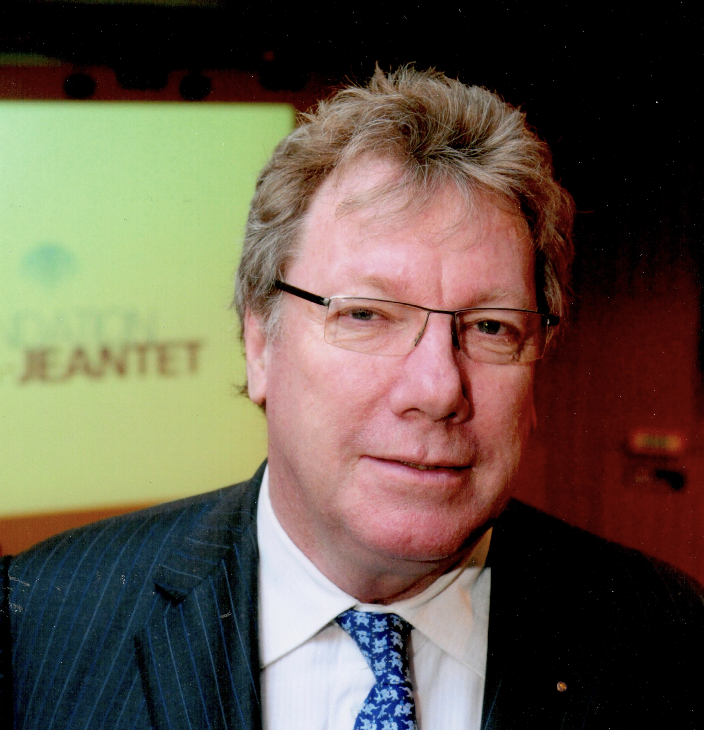
2009 - 2023
Professor Jean-Louis Carpentier
president
2024 - today
Professor Karlheinz Krause
president
